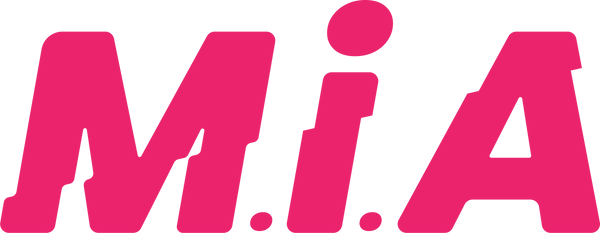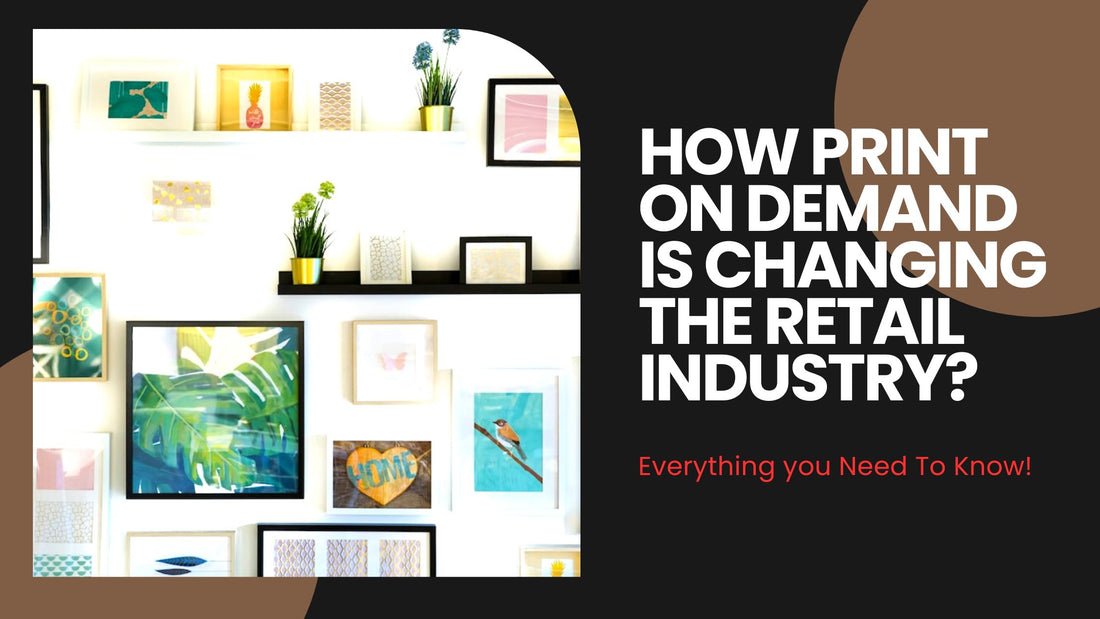The revolutionary process of Print On Demand has not only transformed the way products are designed, but also significantly impacted the overall retail experience for both businesses and consumers.
In this article, we will look into the world of POD along with its numerous benefits.
What are the Advantages of Print on Demand for Retailers?

Print on Demand (POD) technology presents several advantages that make it an attractive option for retailers. These benefits not only streamline business processes but also contribute to more sustainable practices.
Lower upfront costs and risk
Traditional retail models require businesses to invest heavily in products upfront, which can be both costly and risky, especially for smaller retailers and Startups. With POD, businesses only pay for items as they are ordered, eliminating the need for bulk purchases and reducing financial exposure.
No need for large inventory investments
The POD model enables retailers to offer a wide range of products without the need to maintain a large inventory. This flexibility allows businesses to test new designs and product offerings quickly and efficiently, without committing to significant upfront investments.
Reduced storage and warehousing expenses
By eliminating the need for large inventory stocks, POD technology also helps retailers save on storage and warehousing costs. Traditional inventory management often involves extensive storage space and even third-party warehousing solutions, which can be expensive and logistically challenging.
How Print on Demand Enhances Customer Experience

In addition to the numerous benefits that Print on Demand (POD) technology offers retailers, it also plays a crucial role in elevating the overall customer experience.
Personalization and customization
Consumers are no longer limited to choosing from a selection of mass-produced items; instead, they can now create truly unique products tailored to their individual tastes and preferences.
What are the Limitations of Print on Demand in Retail

There are also challenges and limitations about Print On Demand in Retail.
Potential issues with print quality
One of the primary Concerns with POD technology is maintaining consistent print quality across different products and production runs. Due to the nature of on-demand production, there may be variations in the final output, leading to discrepancies in color, resolution, or overall quality.
Maintaining brand image and customer expectations
As retailers embrace POD technology, it is crucial to maintain a strong brand image and meet customer expectations. This can be challenging when dealing with a wide range of Customizable Products and ensuring that each item adheres to the established brand guidelines.
Meeting high demand and volume orders
While POD technology is well-suited for smaller production runs, it can face challenges when dealing with high demand and volume orders. As businesses scale their operations and the demand for their products grows, they may encounter limitations in their POD provider's ability to handle increased order volumes.
The risk of counterfeit products
As more retailers turn to POD technology, the risk of counterfeit products and intellectual property theft may increase. Unscrupulous individuals or companies may attempt to reproduce popular designs or products without proper authorization, potentially harming both the original creators and the retailers themselves.
What is the Future of Print on Demand and Retail

The future of POD retail is poised to become even more efficient, customizable, and interactive, offering new opportunities for businesses and consumers alike.
Technological advancements and innovations
The future of POD retail will likely see further technological advancements that enable faster production times, more efficient workflows, and increased automation. Innovations in areas like artificial intelligence (AI) and machine learning can help to streamline design and production processes, while new software solutions can enhance communication between retailers and POD providers, leading to better collaboration and improved end products.
Improved printing techniques and materials
As printing technology continues to advance, we can expect to see improved printing techniques and materials that enhance the quality, durability, and sustainability of POD products. Developments in eco-friendly inks and substrates, as well as advancements in 3D printing and other cutting-edge print technologies, will allow retailers to offer a wider range of products with better overall quality.
Integration of augmented reality (AR)

The integration of augmented reality (AR) and virtual reality (VR) technologies into the POD retail experience has the potential to revolutionize the way consumers shop for customizable products. By allowing customers to visualize their customized designs in real-time and even "try on" items virtually, retailers can provide a more immersive and engaging shopping experience.
Conclusion
In conclusion, Print on Demand technology is revolutionizing the retail industry by offering businesses a more efficient, cost-effective, and customizable approach to product creation and distribution. As the technology continues to advance and adapt to changing consumer preferences, the future of POD retail holds significant potential for growth and innovation.
Liked our Guide? Don't Forget to explore the incredible range of Print On Demand Products on Our Site!

